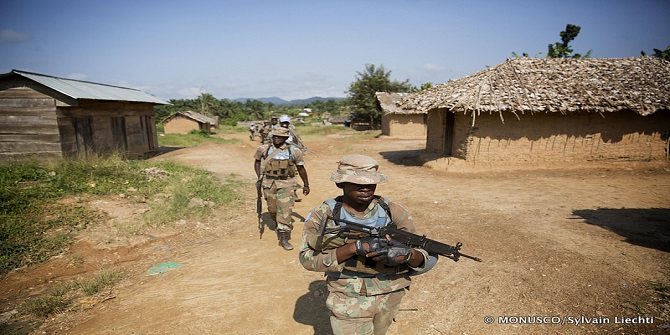Professor Robin Luckham and JSRP researcher Tom Kirk have published a new paper presenting a framework to analyse and research what they call “the two faces of security”:
For some analysts security [includes] the use of organised force to establish and maintain social orders. For others it is about how individuals and communities are protected (or protect themselves) from violence, abuse of power and other existential risks. We integrate both approaches whilst placing our focus on the deep tensions between them.
The paper draws on the authours’ exhaustive 2012 systematic literature search on end-user security, prepared by the JSRP for and with funding from the UK’s Department of International Development. Here, they explore how,
Even when security and insecurity are experienced and decided locally, they are at the same time determined nationally and globally. It is at the interfaces between local agency, state power and global order that the most politically salient and analytically challenging issues tend to arise.
To analyse these interfaces, the authors focus on three interconnecting political spaces in which security is “negotiated” with end-users — those individuals at the receiving end of outside security arrangements, but who also define and participate in them themselves:
(i) “unsecured borderlands” where state authority is suspended or violently challenged by alternative claimants to power or providers of security, including non-state armed groups;
(ii) “contested Leviathans”, that is state security structures whose authority and capacity to deliver security are weak, disputed or compromised by special interests;
and (iii) “securitised policy spaces” in which international actors collaborate to ensure peace and fulfil their responsibility to protect vulnerable end-users in unsecured regions. In making these distinctions we argue that similar analytical lenses can be turned upon international actors in securitised policy spaces as well as upon state and non-state security actors.
The entire paper, The Two Faces of Security in Hybrid Political Orders: A Framework for Analysis and Research, is available from Stability: International Journal of Security and Development under an Open Access, Creative-Commons license.






